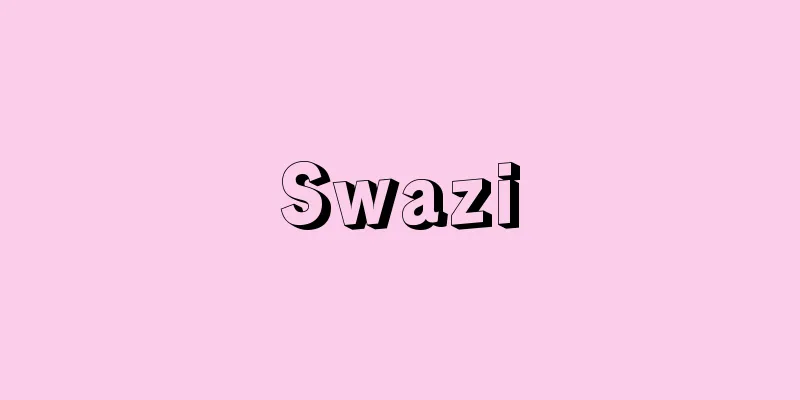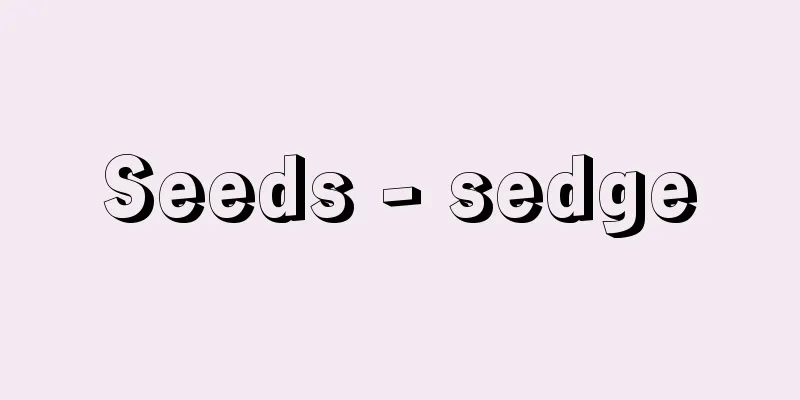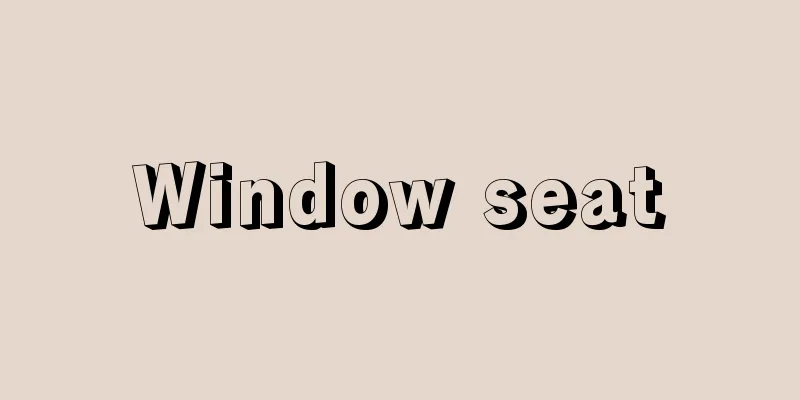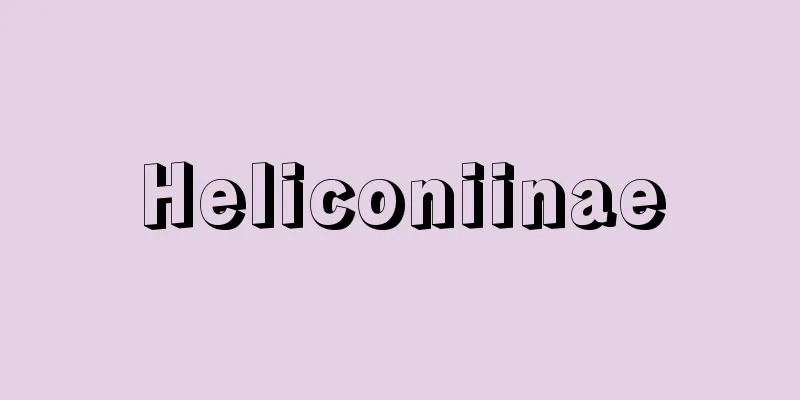Ken Hirano

|
Critic. Born in Kyoto on October 30, 1907. His real name was Akira. He learned about Fujieda Shizuo and Honda Shugo while at the Eighth High School, and entered the Faculty of Letters at Tokyo Imperial University in 1930 (Showa 5). He became involved in the proletarian literature movement while at school, but eventually became skeptical of the way the organization was run and left, publishing his theories on authors and current affairs in various newspapers and magazines. In 1946 (Showa 21), he participated in the launch of the magazine Modern Literature, which led the postwar literature movement, and criticized the old proletarian literature movement, engaging in a debate on "politics and literature" with Nakano Shigeharu. The fruit of this work was Postwar Literary Criticism (1948), but he also wrote Shimazaki Toson (1947), which explored the issue of overcoming the naturalistic view of humanity in modern literature and exposed the egoism of the author Shimazaki Toson, and Art and Real Life (1958, Art Encouragement Prize winner), which was a sharp analysis of the dilemmas faced by writers of personal novels. His literary critiques, which ran for many years, are renowned for their outstanding powers of appreciation. He also produced other works, such as Showa Bungakushi (History of Showa Literature) (1959), which was deeply rooted in his own experiences, and was one of the leading critics and literary historians of the post-World War II period. He was a professor at Meiji University and a recipient of the Imperial Art Academy Prize. He passed away on April 3, 1978. [Munakata Kazushige] "The Complete Works of Ken Hirano, 13 volumes (1974-75, Shinchosha)" [References] |Source: Shogakukan Encyclopedia Nipponica About Encyclopedia Nipponica Information | Legend |
|
評論家。明治40年10月30日京都に生まれる。本名は朗(あきら)。第八高等学校時代に藤枝静男、本多秋五(ほんだしゅうご)を知り、1930年(昭和5)東京帝国大学文学部に入学。在学中からプロレタリア文学運動に関係したが、やがて組織のあり方に疑問を抱いて離れ、諸紙誌に作家論や時評を発表。46年(昭和21)戦後文学を主導した雑誌『近代文学』の創刊に参加、旧プロレタリア文学運動を批判して、中野重治(しげはる)との間に「政治と文学」論争を展開した。その結実が『戦後文芸評論』(1948)だが、一方では、近代文学における自然主義的人間観の克服を課題とし、島崎藤村(とうそん)の作家的エゴイズムを剔抉(てっけつ)した『島崎藤村』(1947)や、私小説作家の二律背反を犀利(さいり)に分析した『芸術と実生活』(1958。芸術選奨受賞)が書かれた。長年続いた文芸時評は、秀抜な鑑賞力で定評がある。ほかに、自己の体験に深く根ざした『昭和文学史』(1959)など、第二次世界大戦後の代表的評論家・文学史家として卓越した業績を残した。明治大学教授。芸術院賞恩賜賞を受賞。昭和53年4月3日没。 [宗像和重] 『『平野謙全集』全13巻(1974~75・新潮社)』 [参照項目] |出典 小学館 日本大百科全書(ニッポニカ)日本大百科全書(ニッポニカ)について 情報 | 凡例 |
Recommend
Autumn in Tyrol - Autumn in Tyrol
A play by Kishida Kunio. Published in 1924. It was...
Fetter, FA (English spelling) FetterFA
…One solution is to distinguish between capital g...
Pertusaria flavicans (English spelling) Pertusariaflavicans
… [Hiroyuki Kashiwatani]. … *Some of the terminol...
Loasa vulcanica (English spelling)
… [Mitsuru Hotta]... *Some of the terminology tha...
Destroying slander and revealing the truth
A treatise on haiku. Written by Zuiryu. Published ...
Upadesasahasri (English spelling)
…His main work is the Brahmasūtrabhāṣya (Commenta...
Tape measure - tape measure
A long ruler that is wound up on a reel and carri...
New York State Barge Canal
…When it was completed, it was 12m wide and 1.2m ...
Middle way - Chudo
〘 noun 〙 (formerly also called "chuto")①...
Competition
〘 noun 〙 To compete in business. ※ Outline of Civi...
Anatoxin
Diphtheria vaccines are made by adding a small amo...
Webber, H.J.
…The word clone originally comes from the Greek w...
Oki's Dog - Oki's Dog
...In the "Illustrated Guide to Famous Produ...
Alumina shale (English spelling)
…Shale is called siliceous shale, calcareous shal...
Zinne
… chock stone: a rock wedged in a groove or chimn...









